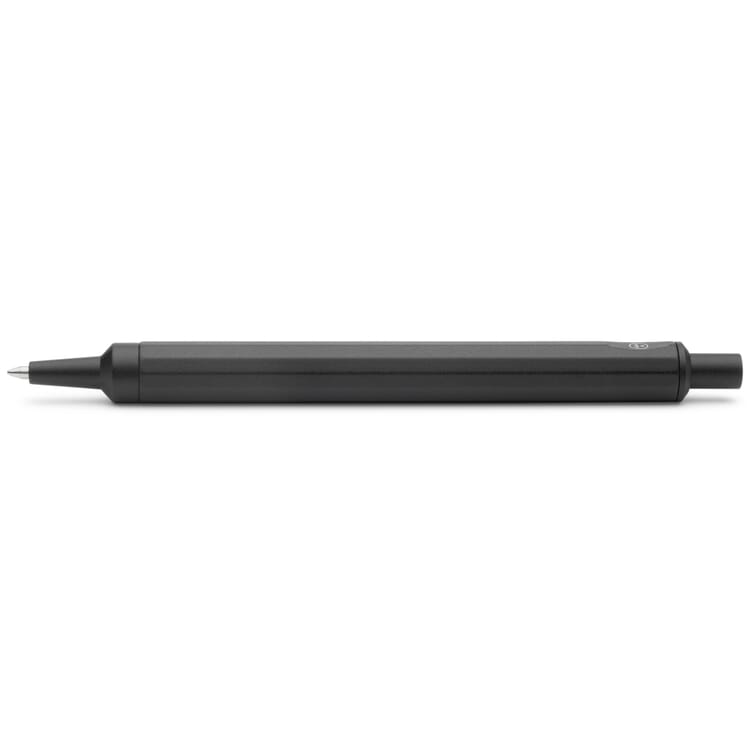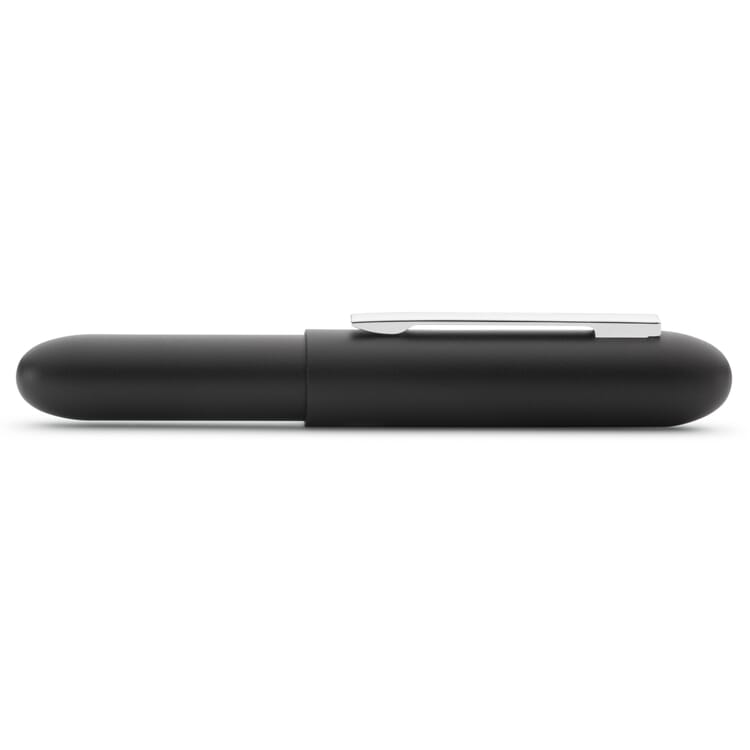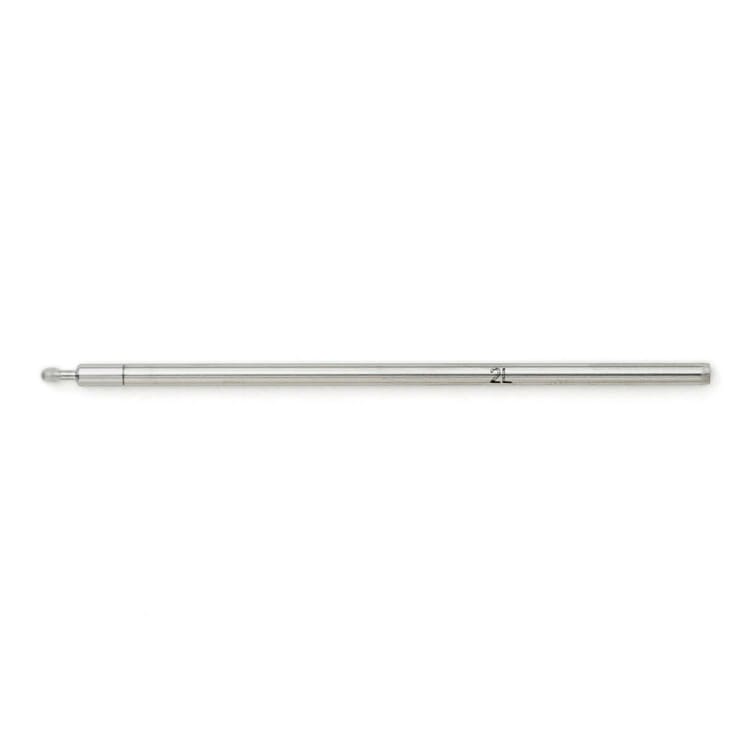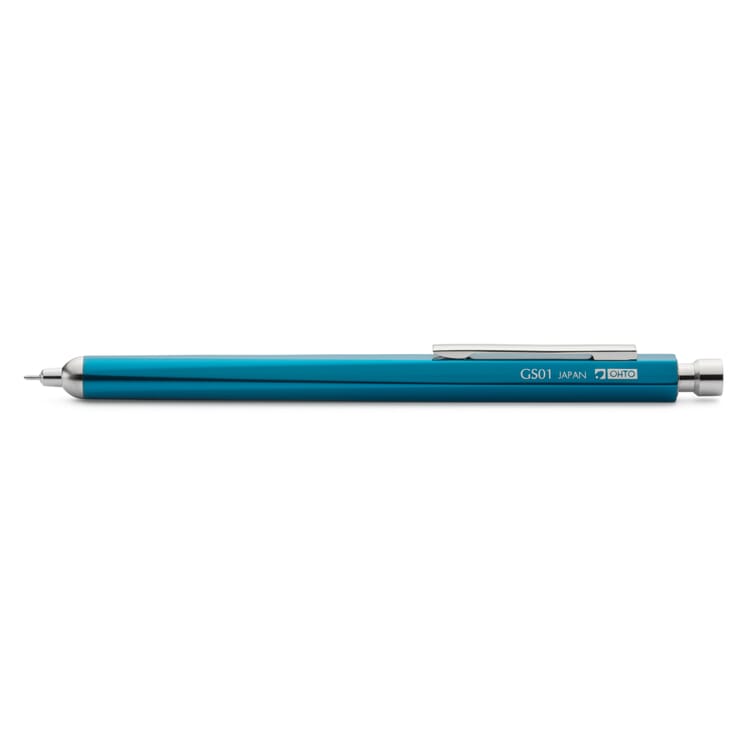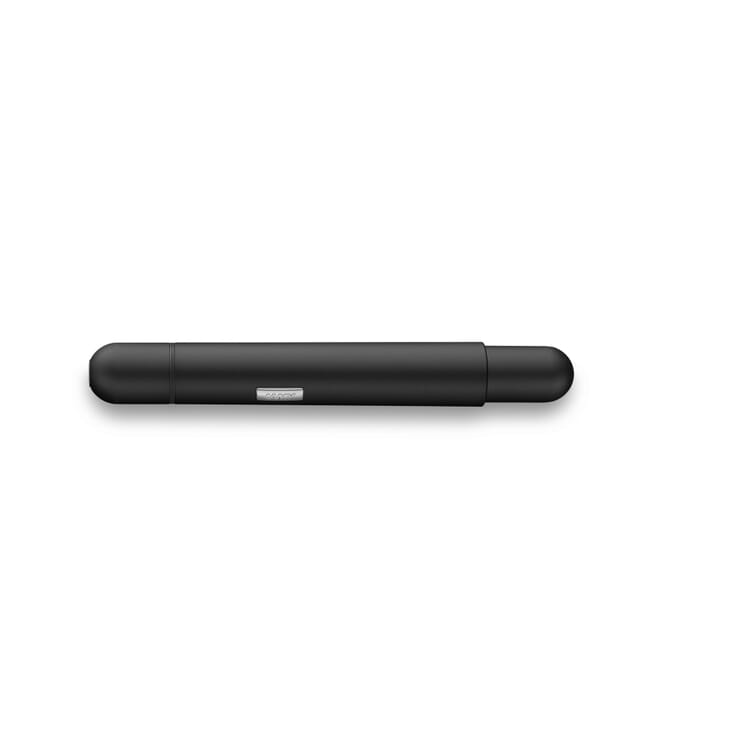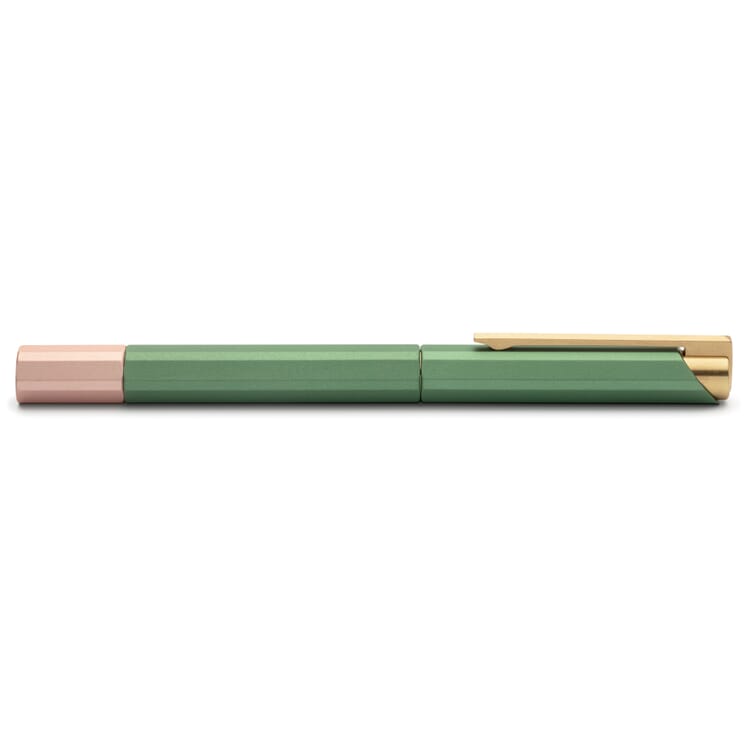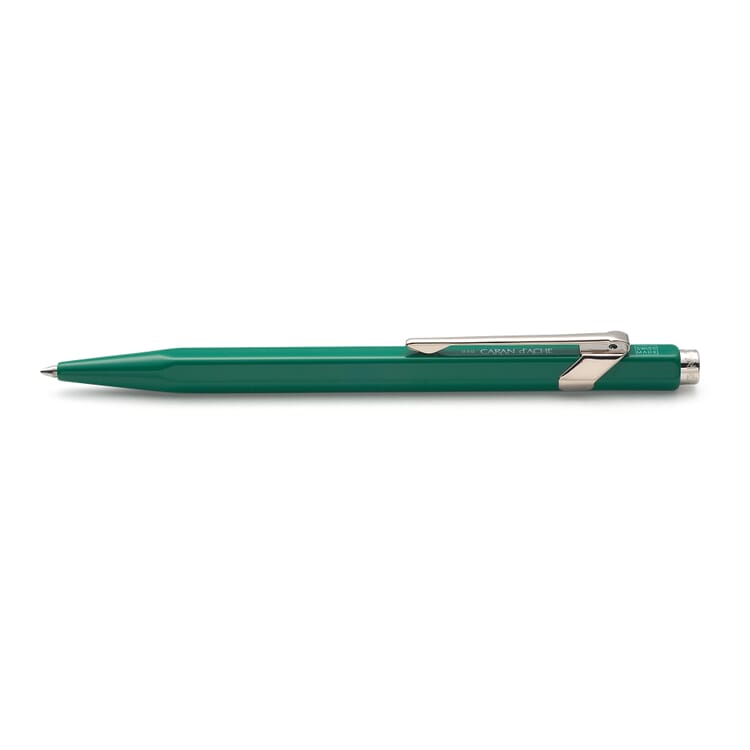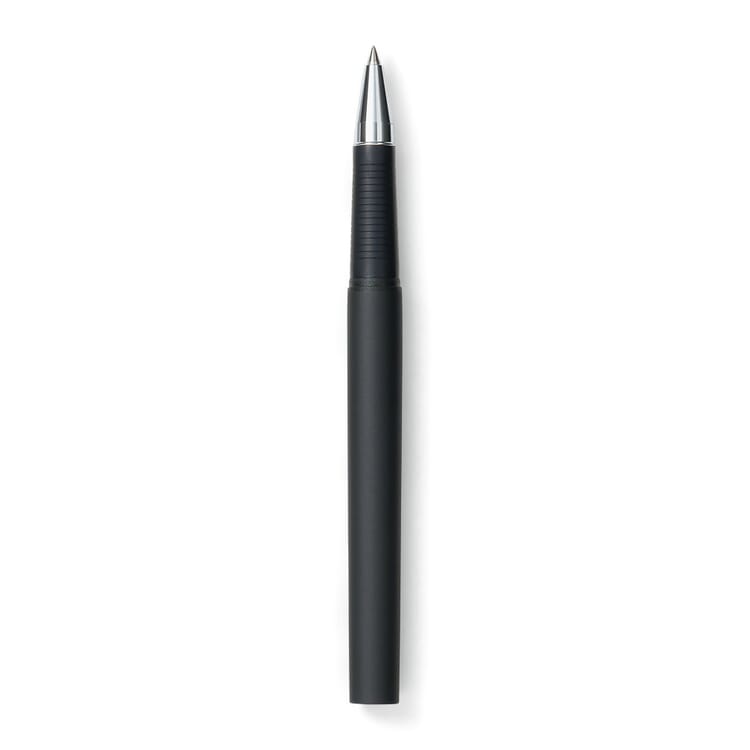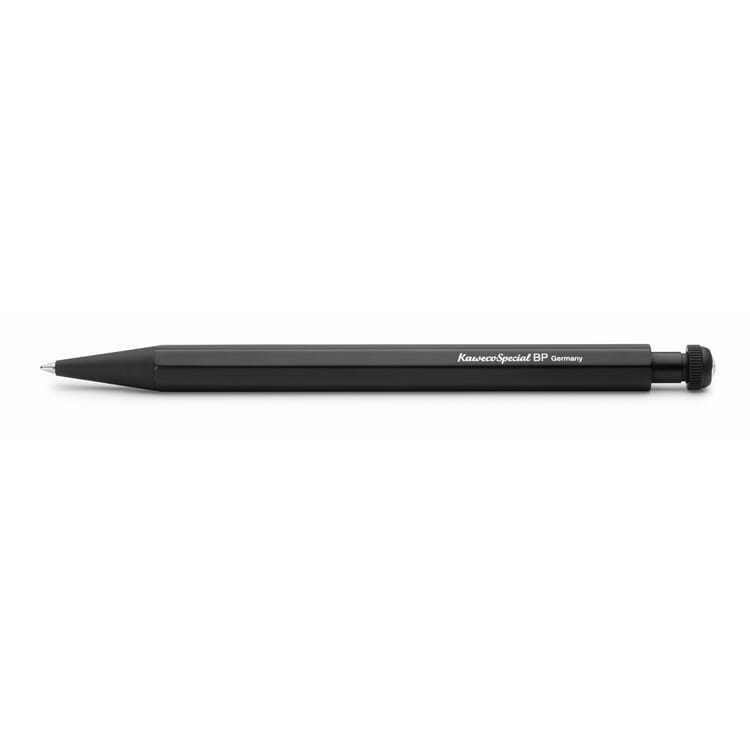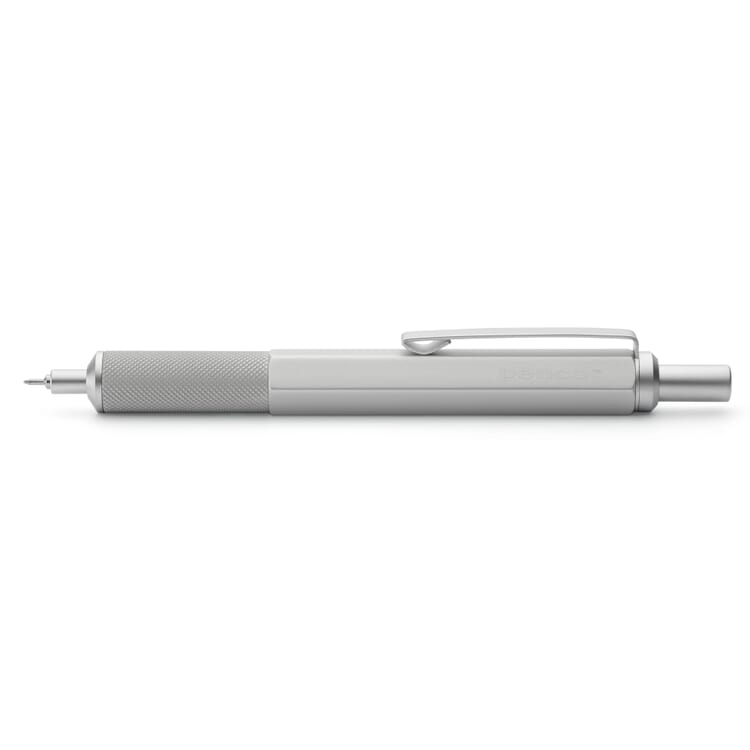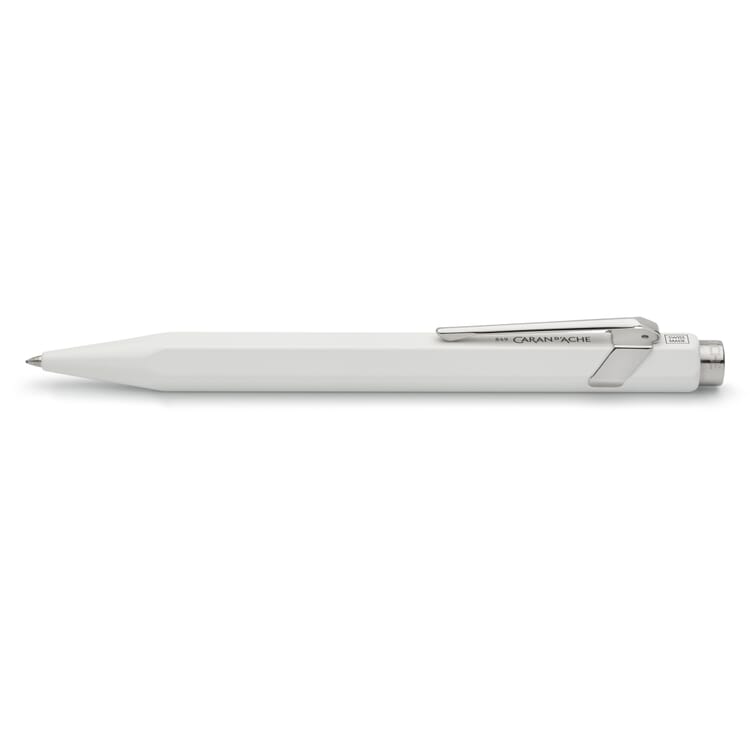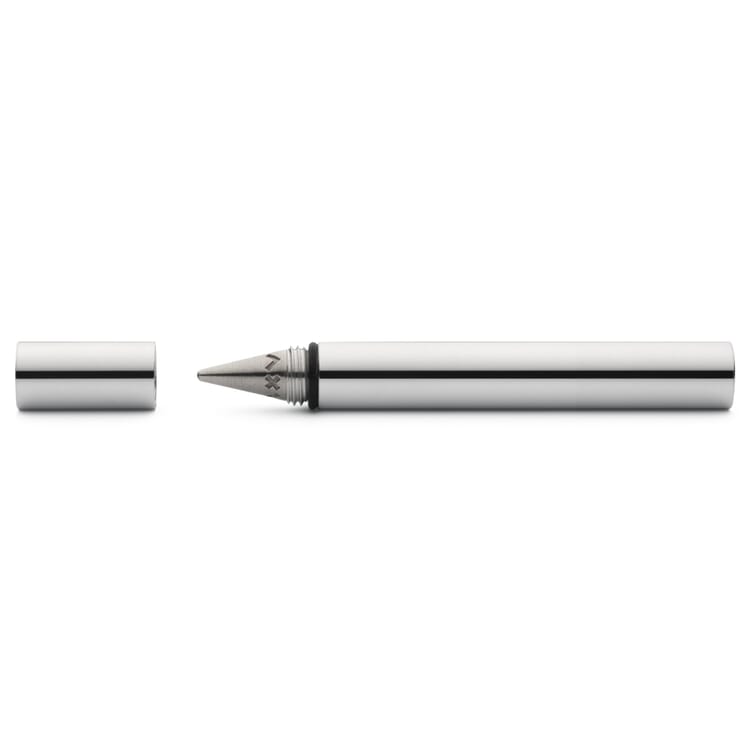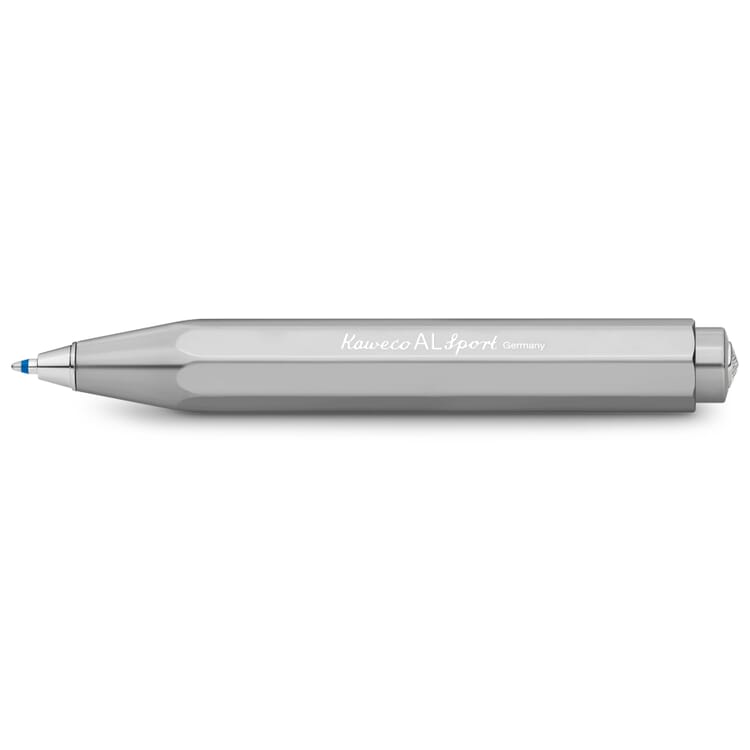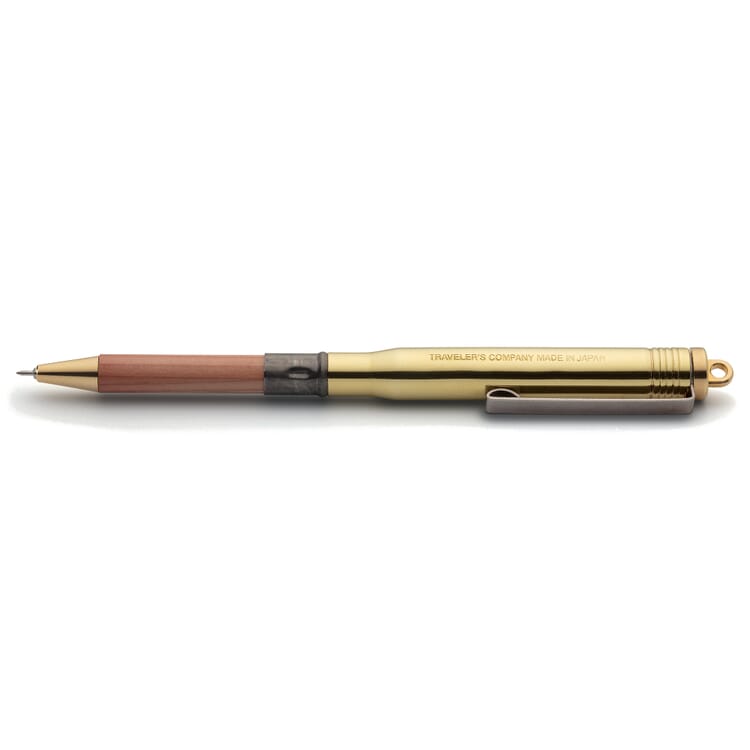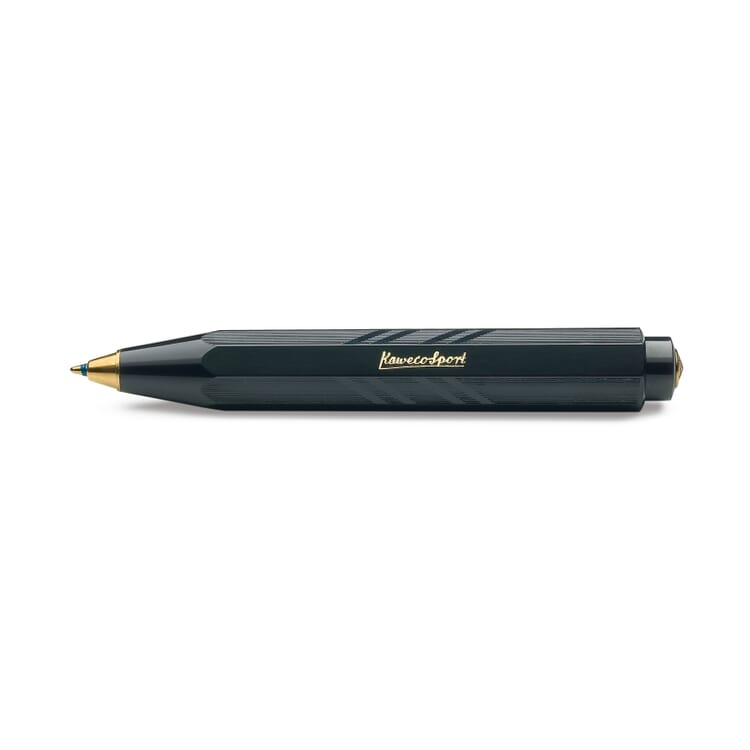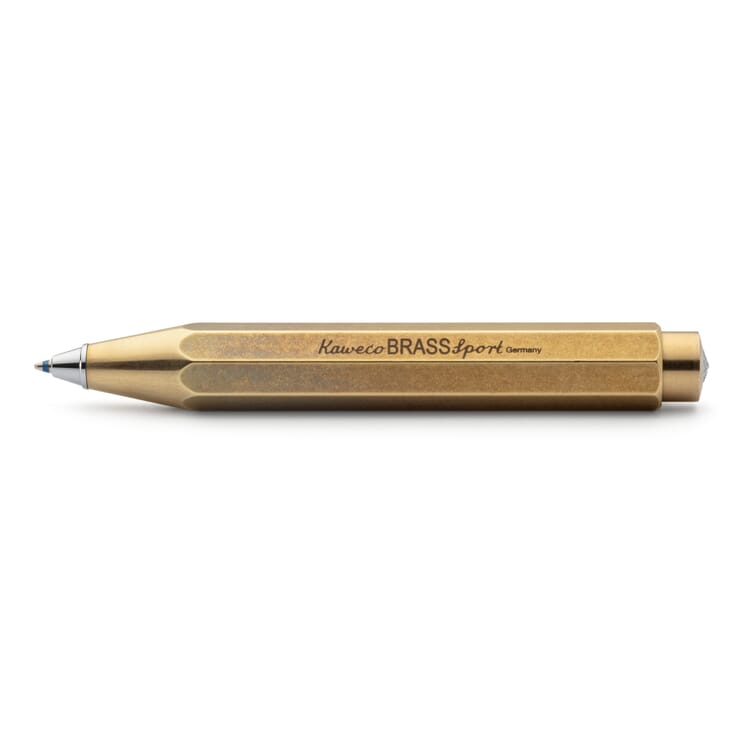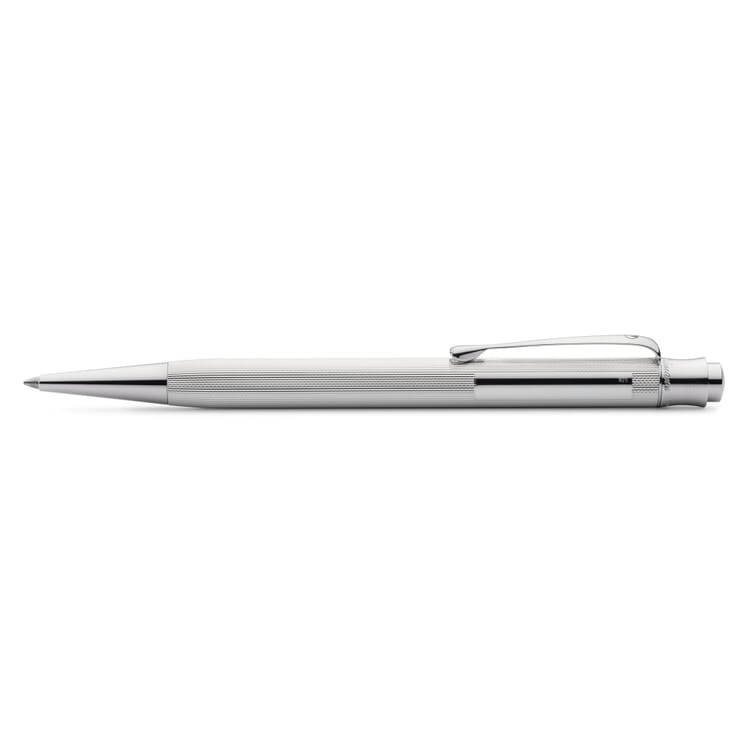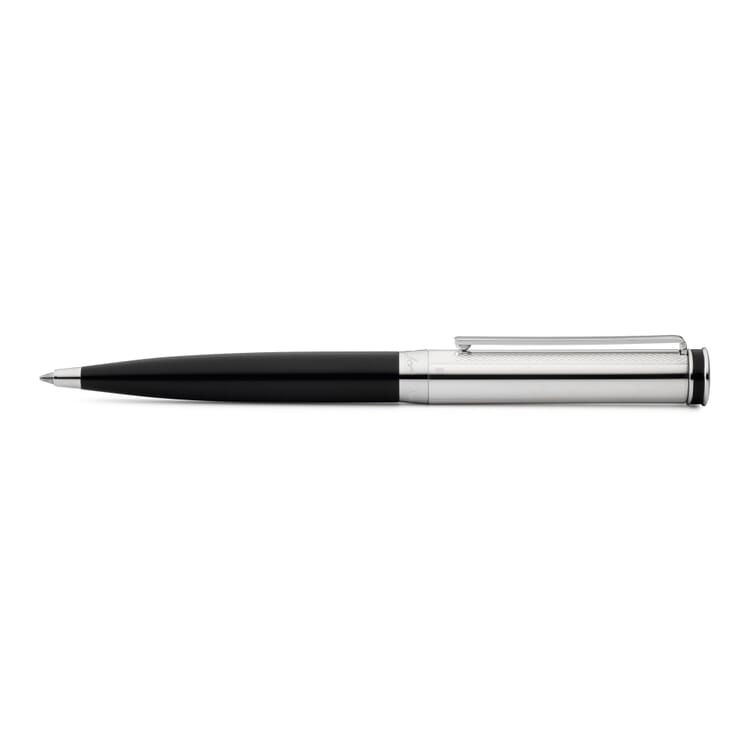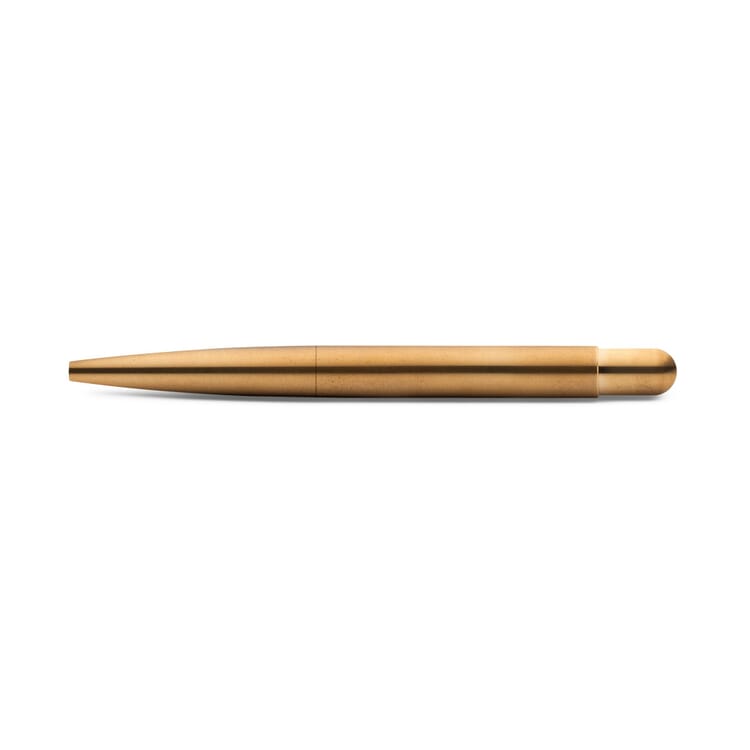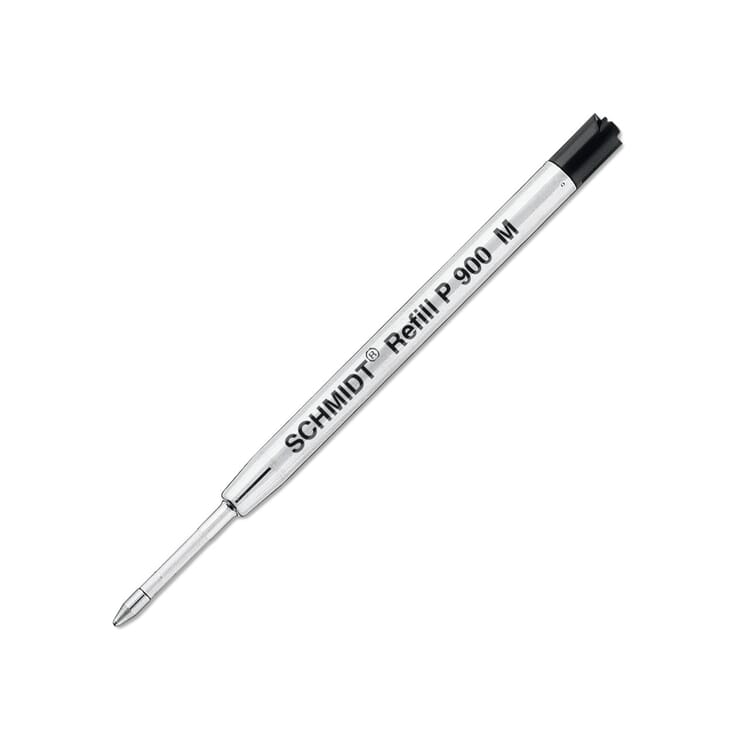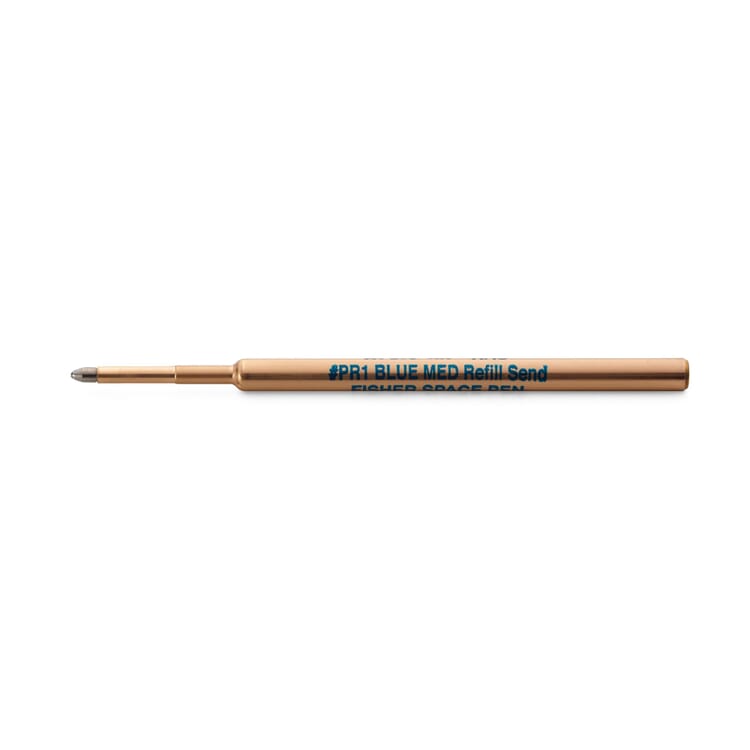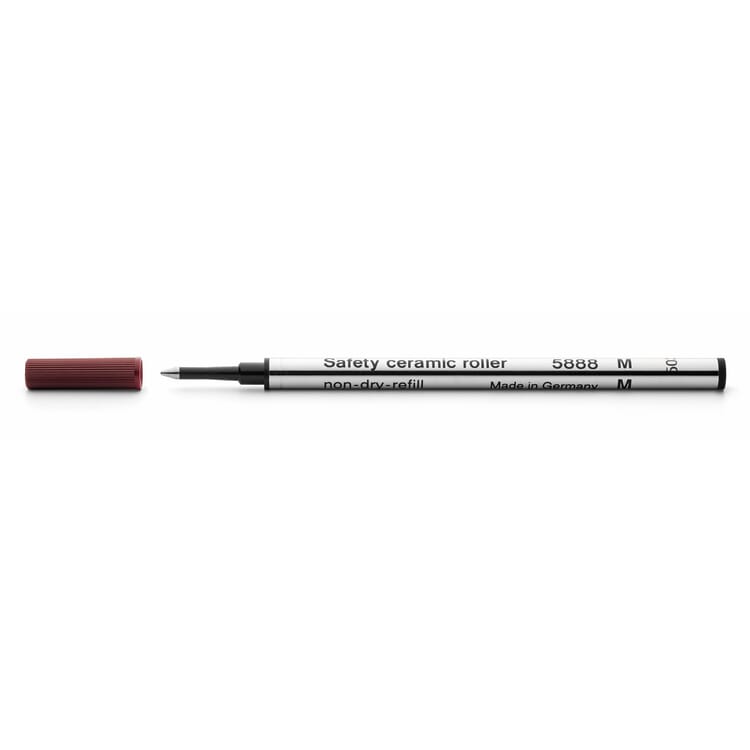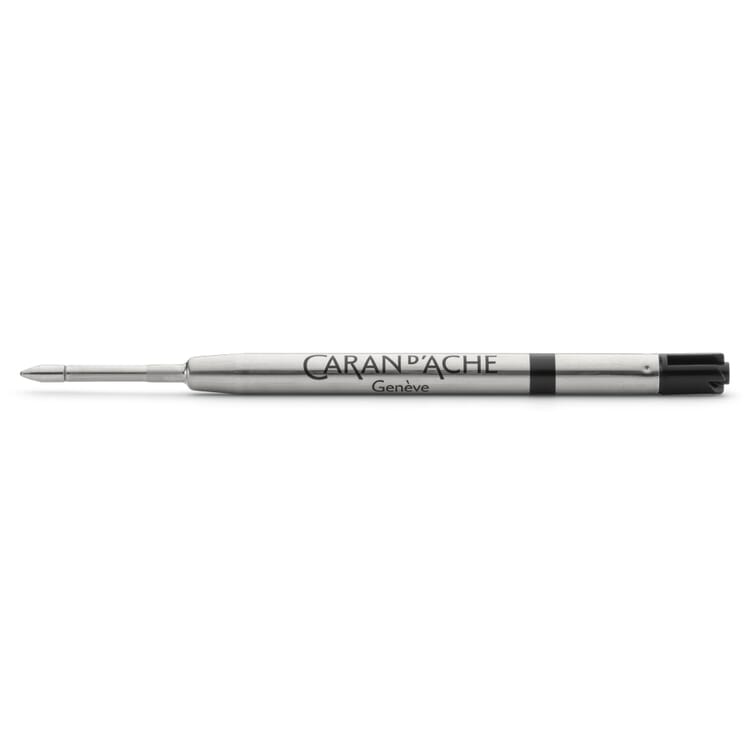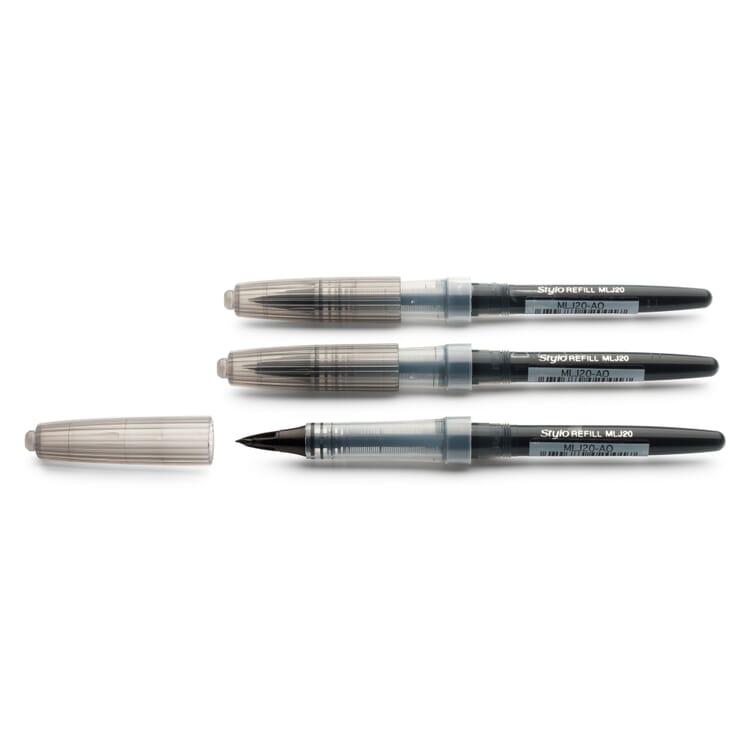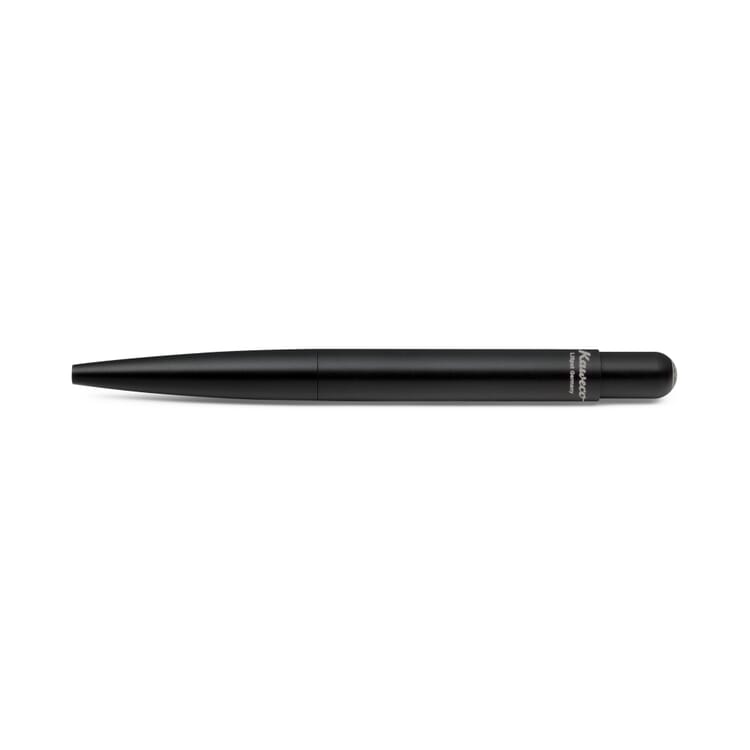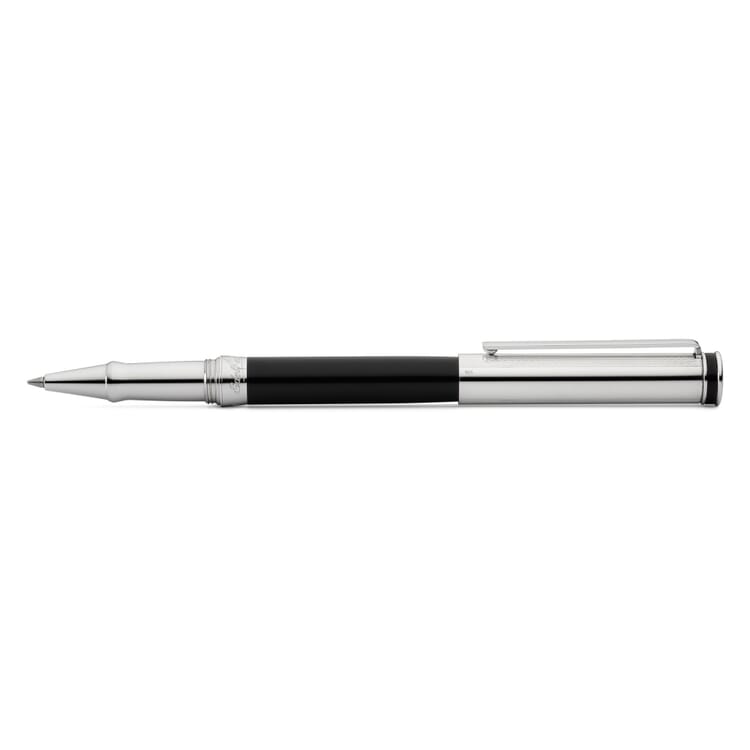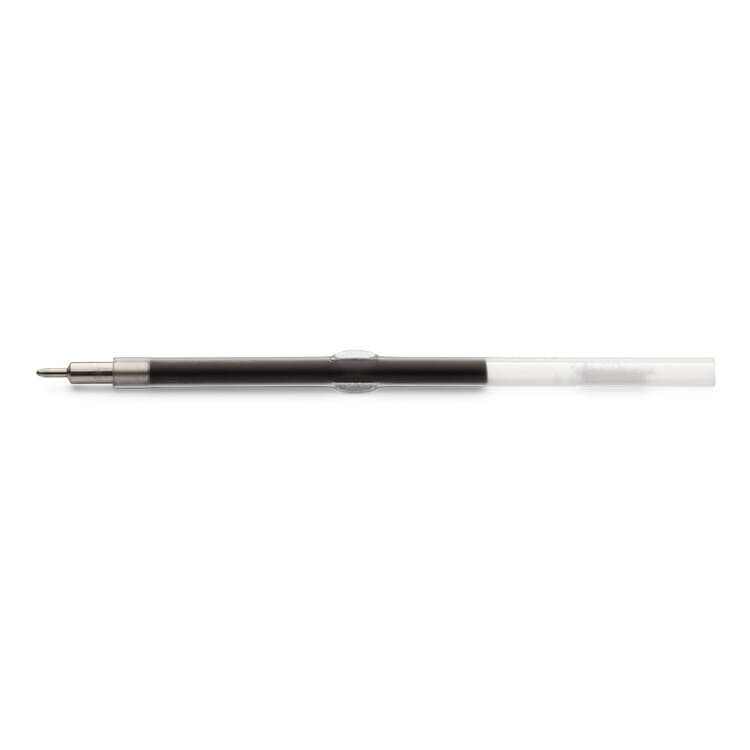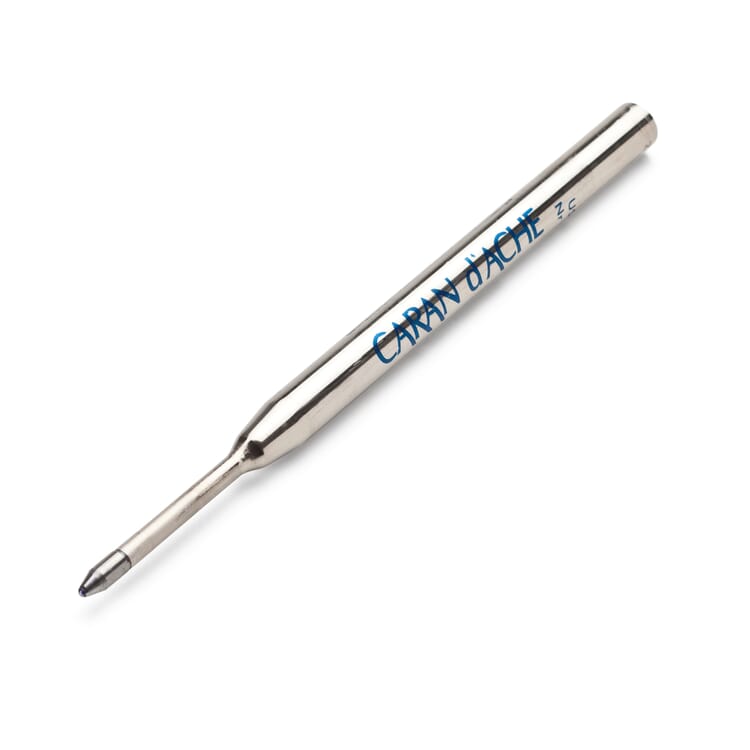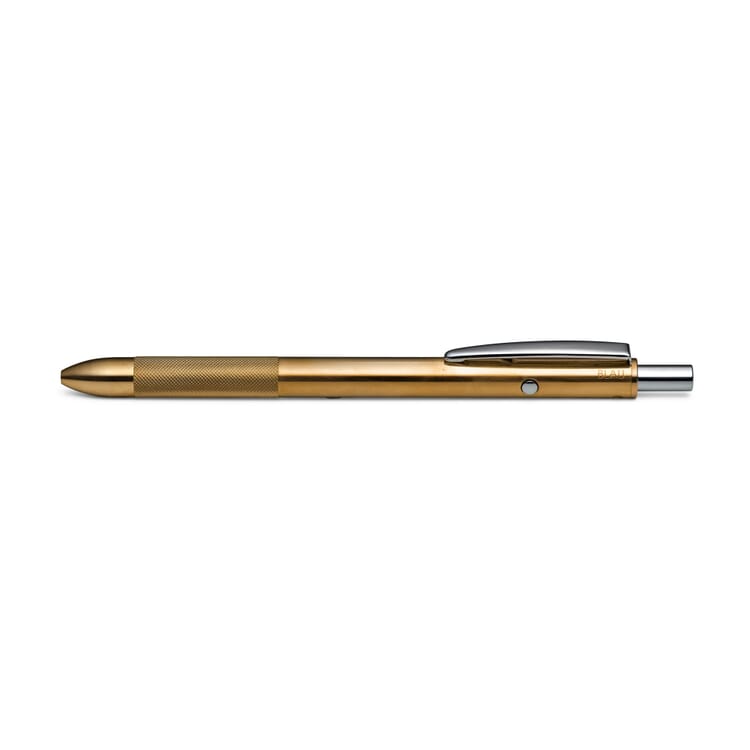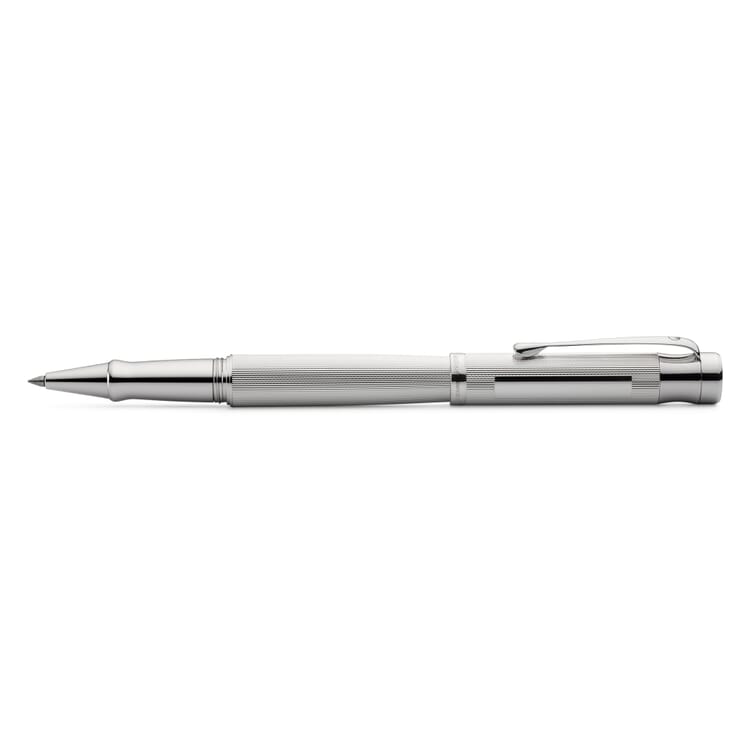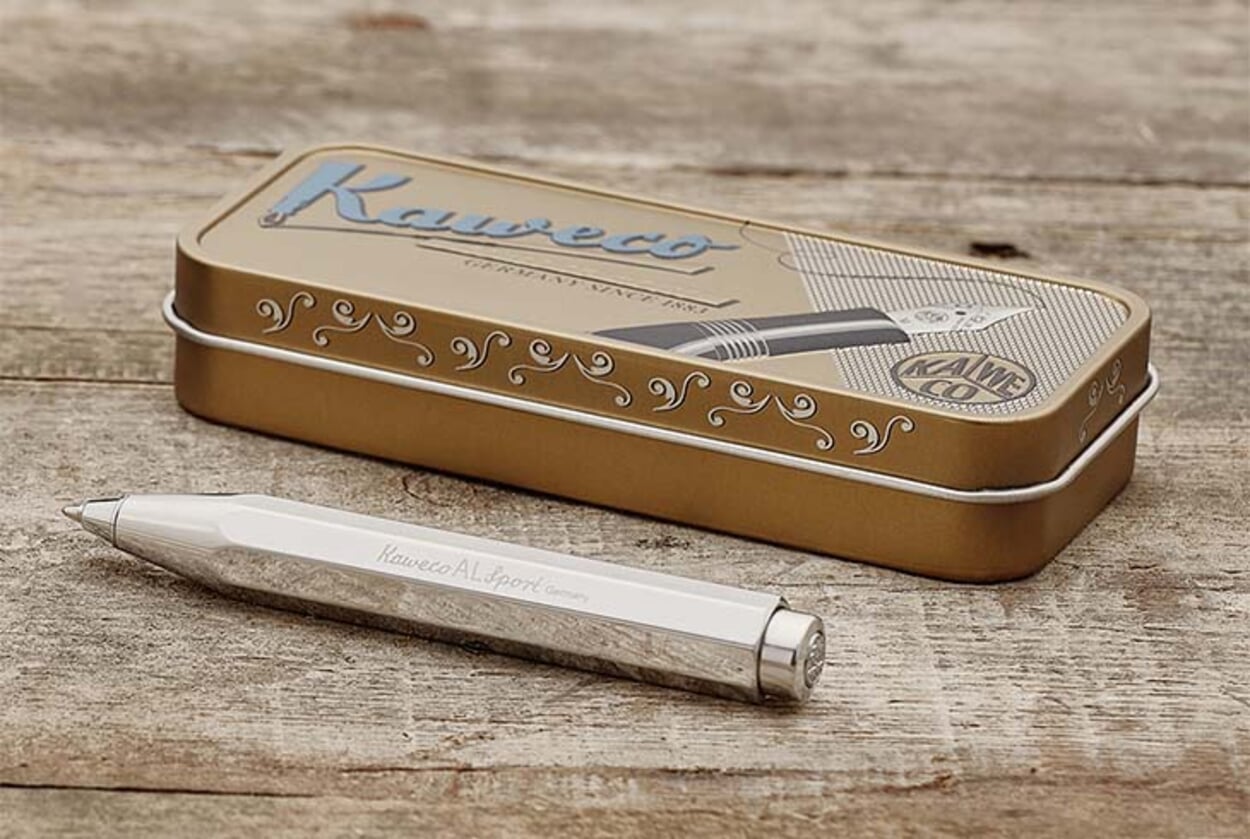Ballpoint Pens
If fountain pens are the noble warriors of penmanship, ballpoint pens are their unassuming little attendants. But this says nothing about their performance. The ballpoint pen simply has an image problem – it suffers from the overwhelming mass of products ... Read More
IDEAS & ADVICE
The Ballpoint Pen: Underrated, yet Ground-Breaking.
If fountain pens are the noble warriors of penmanship, ballpoint pens are their unassuming little attendants. But this says nothing about their performance. The ballpoint pen simply has an image problem – it suffers from the overwhelming mass of products available on the market today. "We all have ballpoint pens at home, but we have never bought any of them ourselves. They’re simply there," writes one unknown author. And it’s true. The ballpoint pen is one of the most popular promotional gifts ever. Around one billion are produced around the world every year. With an average length of 13 centimetres, they could circle the globe 3.24 times. So it’s hardly surprising that such a mass-produced item is treated with such indifference. The giveaway ballpoint pen is the non-smoker’s lighter, as it were – by the time he realises he had one, it’s gone again.
High-class pens. For an enjoyable writing experience.
Despite that, there is every reason to buy a ballpoint pen for life. And we are not talking about the estimated 7,000 tons of plastic material that could be saved every year. The quality of a ballpoint pen can be measured by the sum of its details. A high-grade pen is not only made of first-class, durable materials; it is also a perfectly calibrated combination of weight and volume. When the centre of gravity is in the right place, the pen lies comfortably in the hand, and minimal effort is needed when writing. An ergonomically optimised grip also guarantees comfortable, effortless writing – page after page after page.
The quality of the exterior is reflected in the inner functionality: a high-grade ink chamber is easily activated and does not dry up. It can be used to fill up to 600 A4 pages of writing – something no other writing instrument can match. A superior-quality ballpoint pen writes clearly and evenly. The tip does not scratch but slides smoothly over the paper.
The ink flows continually without smudging or blotching and is lightfast and indelible. And in case you’re still not convinced, how about this: High-quality ballpoint pens are good for your health! Rumour has it that between 50 and 100 people in the UK die every year from chewing and swallowing parts of ballpoint pens. With a high-quality writing utensil, you expose yourself to far fewer risks: there is hardly any part that can be bitten of – unless your name is Jaws. You’ve got it right. That’s the character with the metal teeth in the James Bond films ‘The Spy Who Loved Me’ and ‘Moonraker’.
The catharsis of a writing implement. The invention of the ballpoint pen.
The story of the ballpoint pen was set in motion in the 1930s when fountain pens leaked and Hungarian László József Bíró, a journalist with a good eye for what’s going on, began to take an interest in the subject. Word is that the idea came to him while he was watching a printing cylinder in operation. According to another story, however, he was inspired while watching children roll marbles through puddles that left behind traces on the ground. Either way, we do know that László József Bíró, his brother György, a chemist, and typewriter manufacturer Andor Goy developed a refillable ballpoint pen that wrote with thick, viscous ink that didn’t dry up. He took out a patent on the design in 1938 and introduced it onto the market under the name "Go Pen".
But before his invention could bring him fame, glory and a tidy sum of money, the war put an end to the inventor’s plans. László József Bíró had Jewish roots. As the National Socialists gained increasing control in Hungary, he was forced to flee first to France and later to Argentina. This is where he put the finishing touches to his invention and introduced it onto the market. Success was not long in coming. Instead of reaping the benefits of his accomplishments, however, Bíró sold his patent rights shortly after to the English businessman Henry George Martin, who started manufacturing the pens in England in 1944. One of Martin’s first customers was the Royal Air Force, which placed an order for 30,000 pens for its pilots. This marked the start of the ballpoint pen’s global rise.
Several imitations were produced in the following years, some more successful than others. The first American attempt to replicate the ballpoint pen, the Reynolds Rocket, ended with the bankruptcy of its producer Milton Reynolds in 1951 – his pens leaked and did not write smoothly. The French Baron Marcel Bich, on the other hand, amassed a fortune with his cheap plastic version of the ballpoint pen, the "Bic", which he started manufacturing in 1950. The pen continues to be sold on a massive scale today. The People’s Republic of China will probably go down in history as one of the "late bloomers" on the ballpoint pen market. It was not until early 2017 that they succeeded in manufacturing their first very own ballpoints. Interestingly, the country famed for replicating almost every product on the market tried for years to produce a functioning pen tip – without success. By the way, the actual inventor of the ballpoint pen, László József Bíró, left us not only with his idea but also his name. In many countries around the world, the pen is still referred to today by its creator’s name: "Biro".
The ballpoint pen. In the name of art and science.
To treat a ballpoint pen as a mere writing device is to do it injustice – it’s much more than just an ink chamber and a ballpoint tip. Admittedly, some details have been embellished a little along the way, for example, the story of the famous Bullet Pen, which also became known as the Space Pen. The story goes that NASA spent one million dollars on having the pen developed. This information, however, has since been clearly identified as "non testatum" – or in English: a red herring. What is true is that NASA astronauts used the pens developed by Paul C. Fisher in 1953 with the pressurised ink cartridges because they could write upside down in zero gravity. But NASA did not commission the pens’ development. Nevertheless: Great things can be achieved with a ballpoint pen.
The ballpoint pen demonstrates a case.
There are certain disciplines where no-one would dispute the usefulness of ballpoint pens. For example, psychology. In 2016, the two scientists Christopher K. Hsee and Bowen Ruan carried out experiments to prove what many of us might have assumed already: that curiosity is stronger than reason. They called their discovery the "Pandora Effect" after the young woman who plays a prominent part in Greek mythology. For Pandora, it might have been wiser to have taken another deep breath and left for her yoga classes rather than open the accursed box and bring disaster upon the world. The "Pandora’s Boxes" of the experiment were ballpoint pens which triggered little electric shocks. They were mixed up with normal pens, but the test persons were not told which pens belonged to which group. They could either activate the pen’s push button or leave them. You can probably guess what happened. At least the case was proven.
The creativity of the ballpoint.
When it comes to art, however, the ballpoint pen has a rather problematic relationship to the world of fine arts. Although the ballpoint pen has its own small museum in Paris, exhibits are dedicated more to the pen’s cultural significance. And this is indeed undisputed, unlike its artistic talent. The ballpoint pen struggles to assert its value in the artwork genre – its own constitution stands in its way. Many experts claim that it has per se no artistry. "Pressing the point of the pen down produces no change in the thickness of the line," wrote art historian Walter Koschatzky in his book "Die Kunst der Zeichnung". "Its use in art is virtually nil,” he continues, “drawings done with a ballpoint pen always reveal a kind of deadness in the uniformity of the lines." It’s no secret, however, that art is created by artists and not art experts. A stroke of luck for the ballpoint pen, because the uselessness of the instrument is obviously something artists are still unaware of. Irrespective of whether its lines are dead or not, the ballpoint pen is enjoying growing popularity as a painting utensil. Such well-known artists as Thomas Hirschhorn and Horst Janssen have used it. Andy Warhol is known to have made use of ballpoint pens in his works in the 1950s as Cy Twombly in the 1970s. The Spanish artist Juan Francisco Casas is famous for his large-format, photorealistic ballpoint pen paintings. And Ghanaian artist Enam Bosokah also produces his emotive portraits exclusively with ballpoint pens. Striving toward abstraction, Korean American contemporary artist Il Lee’s works integrate minimalism and ‘sumukhwa’, an Asian ink-painting tradition, and range from small studies to fifty-foot-long works on paper that thematise meditations on nature. And guess what instrument he uses to execute his works ... Exactly – a ballpoint pen!
The horror of horrors: an ink stain off the beaten track.
For all its abilities and advantages, the ballpoint pen also has its "darker sides". Sometimes, all it takes is a little carelessness. You emphasise your talk with a few too many gestures or put away your pen and forget to retract its tip – before you know it, ink spreads in thin lines or as a glaring blotch all over your clothes. But worry not! If you act quickly, the ink stain will disappear after the first wash.
- In general, you should remember that ballpoint pen stains are more difficult to remove the longer you wait and the drier the ink becomes, irrespective of ink and fabric. If you can’t treat the stain immediately, try to keep it at least damp. Avoid rubbing it – just dab with a damp cloth. Otherwise the ink will penetrate deeper into the fabric.
- Water-based ink: You can tell if an ink is water-based because the stain "runs" when dampened. In this case, a few drops of liquid detergent should be enough to remove the ink. Dab the stain until it disperses, or soak the garment in water for a few minutes. Then wash as normal in the washing machine.
- Waterproof ink: These kinds of stains are more stubborn, but not invincible. All you need are some powerful helpers – for example, rubbing alcohol or an aerosol spray, such as in hairspray. Acetic acid can also be effective. Soak the fabric until the stain starts to dissolve, and dab off the ink. Finally, wash the garment as normal. But remember: Some fabrics such as viscose do not tolerate alcohol. Test these methods first of all on a hidden part of the garment.
Naturally, some garments can only be dry cleaned. It’s best not to treat these yourself. Keep the ink stain damp until you can take your garment to the dry cleaner. You then have a good chance of getting back your garment free of stains.



